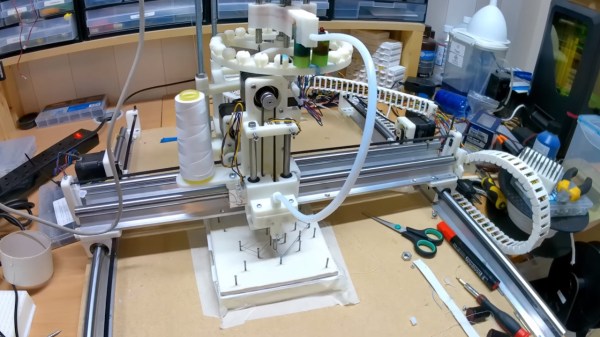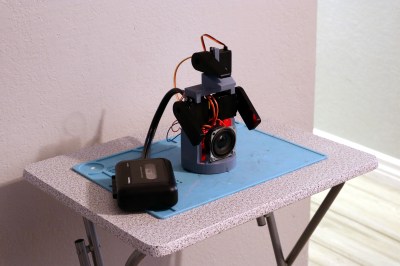Many of us will have seen the various active assistive devices which have appeared over the last few years to help people with a hand tremor. Probably the best known was a fork with a set of servos and an accelerometer, that kept the end of the utensil steady despite the owner’s hand movements. It’s a field which has the potential to help many people, but it’s undeniable that such technology comes with a cost.
What if the same effect could be achieved passively, without all those electronics? It’s something [Jacob] is investigating with his mechanical anti-tremor cup handle. It’s a university project completed as part of his studies so it’s very much a work-in-progress which if we’re being fair isn’t quite there yet, but we think the potential in this idea of bringing a useful assistive device at least bears further attention.
The write-up is available as a Norwegian PDF file so takes a little bit of Google Translate cut and pasting for an Anglophone. Sadly due to what must be report format requirements set by the university it’s long on procedure and shorter on engineering calculations than we’d like, but there’s an attempt to calculate the properties of the helical springs in each of the joints to match the likely forces. Our intuition is that the design as shown would require significantly more mass on the end of it than that of the mug and beverage alone to achieve some form of stability, but despite that as we said it’s an interesting enough idea that it deserves more thought.
Hand tremor assistive devices have appeared more than once on these pages before, here’s one for soldering that enlists the aid of a camera gimbal.




















